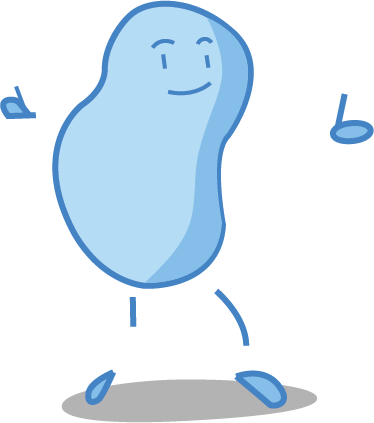A common complication of Diabetes Type 1 is DKA also known as Diabetic Ketoacidosis. Here the body’s cells are starving due to lack of glucose intake which is due to the lack of insulin. The body turns to a variety of pathways to produce more glucose but ends with the breakdown of fat which produces Ketones. Ketones create an acidic environment that lowers the PH and allows hydrogen ions to be able to be easily donated which can harm normal cellular functions. Along with a lower PH these patients have osmotic diuresis, nausea, and vomiting. These can lead to hypovolemia/dehydration as well as electrolyte abnormalities (decreased total body potassium). Directed therapy is the fluid replacement, correcting abnormal electrolytes, decreasing the glucose levels and closing the anion gap with the last two coming by way of insulin.
In this video we will learn about :
1. Epidemiology of DM type 1.
2. Pathophysiology of DM type 1.
3. Pathology of Diabetic ketoacidosis.
4. Signs and symptoms.
5. Labs and diagnostic values.
6.Management.

Write A New Comment
2 Comments
quintanilla.samq@*.com
Oct 26 2023, 5:01 pm
Good morning. Do you offer any couses that would help with MCAT
quintanilla.samq@*.com
Jul 21 2023, 3:59 am
Great job. Added to my healthcare skills